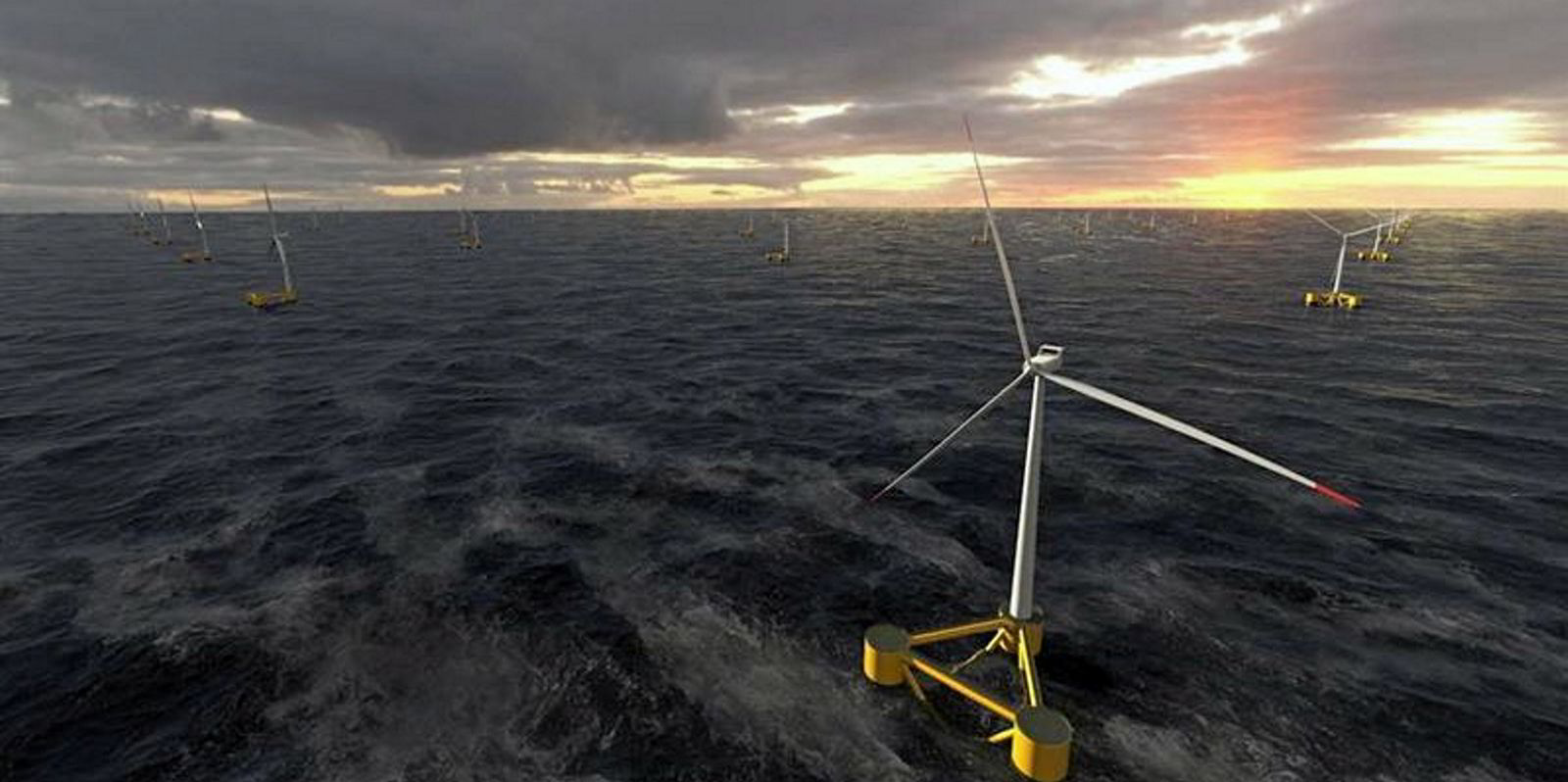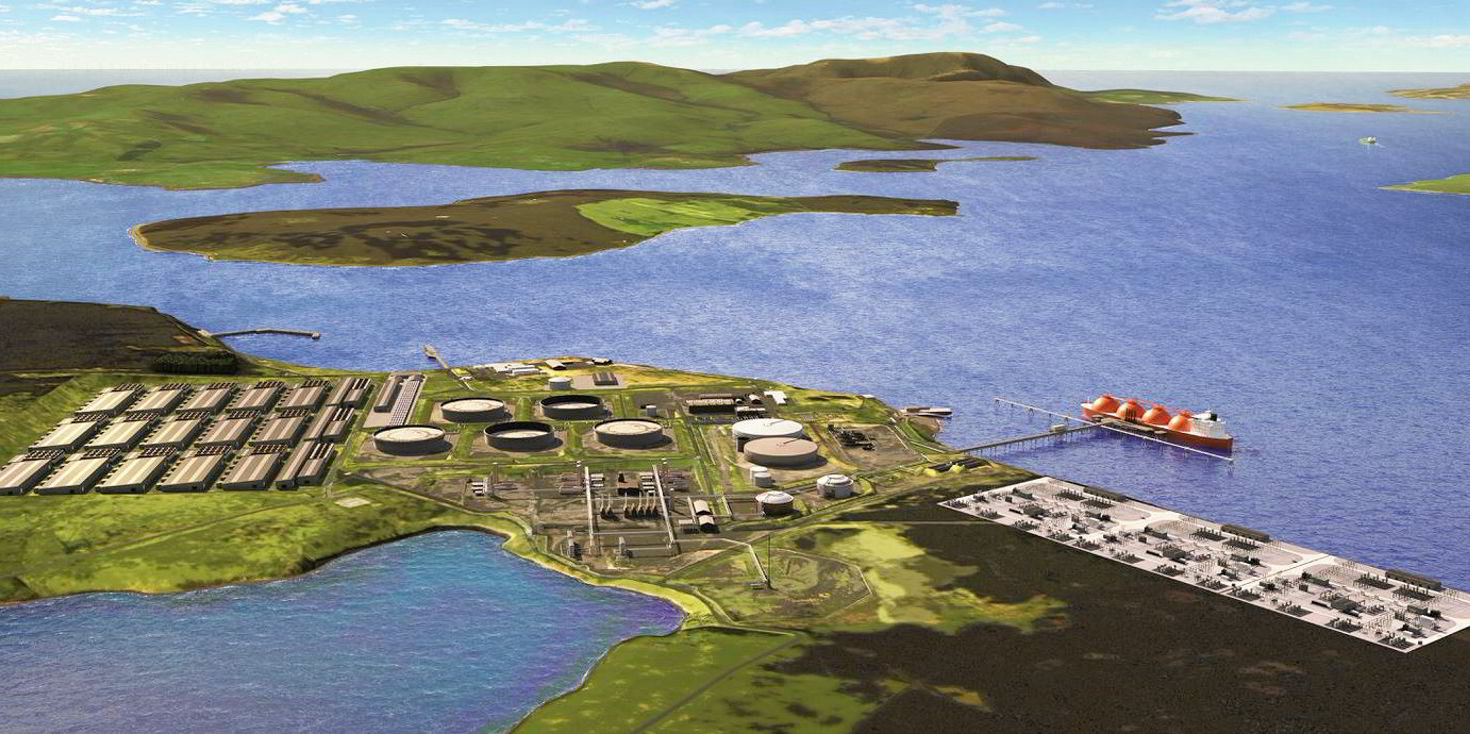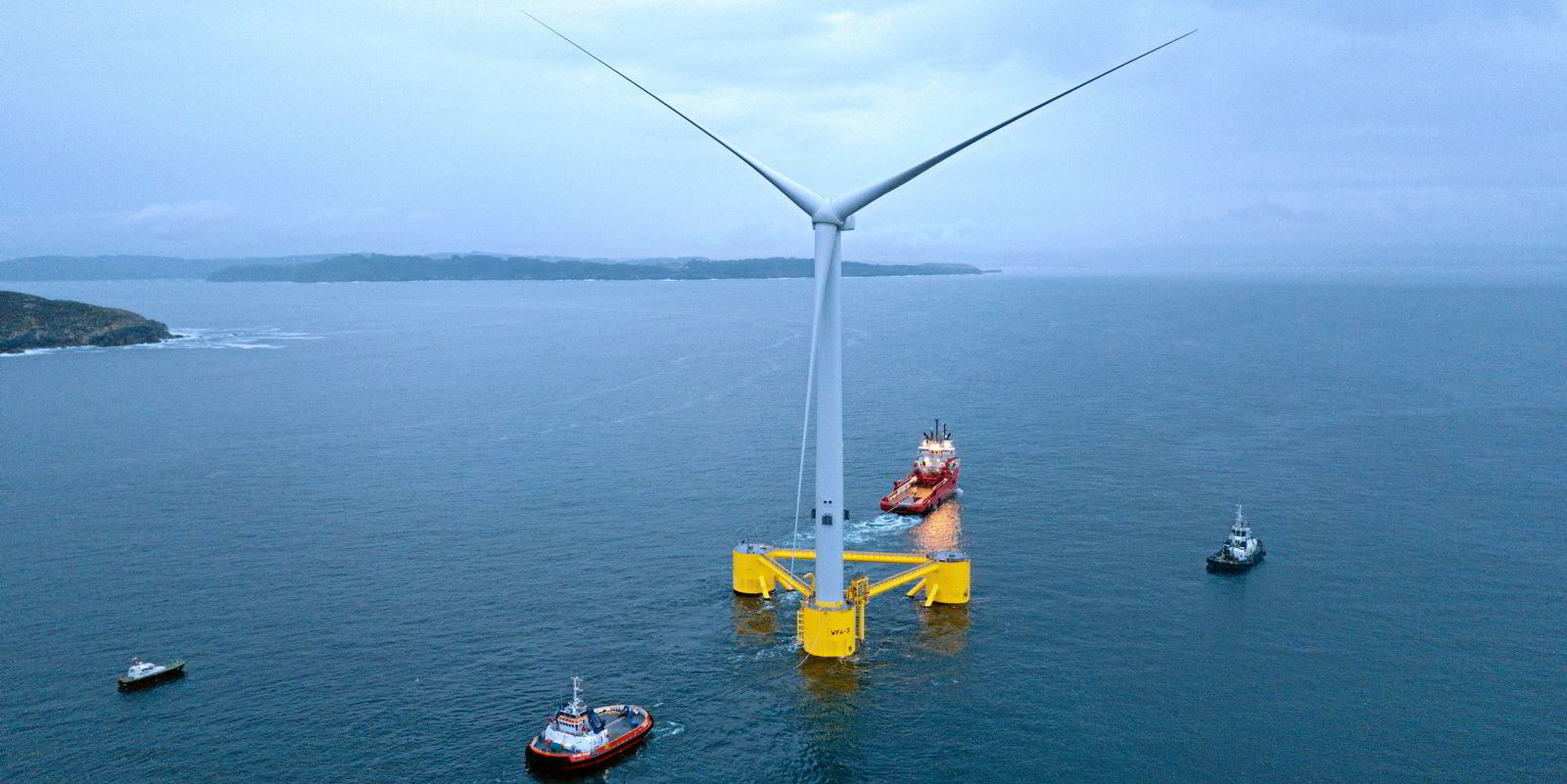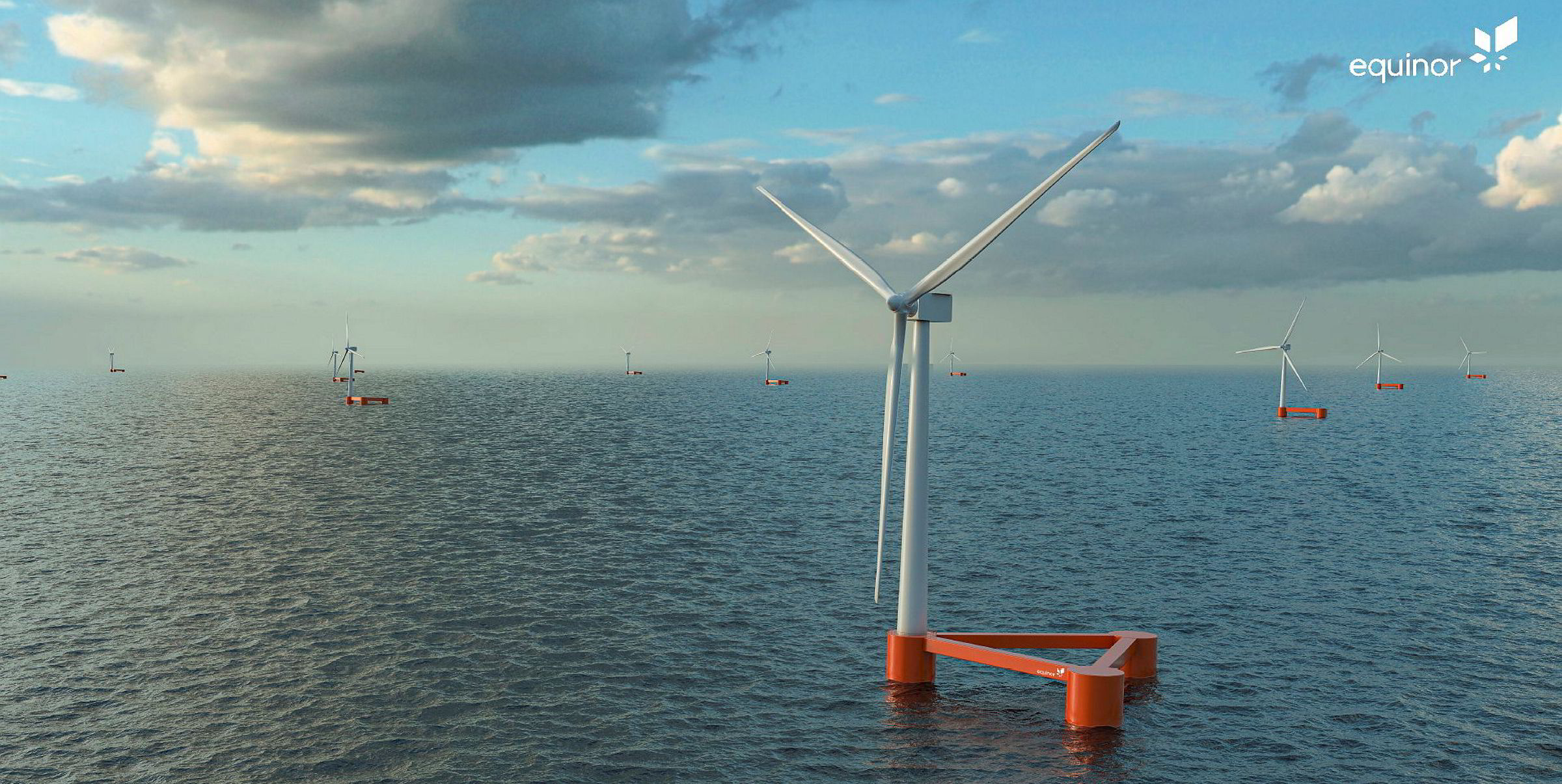Norwegian conglomerate Aker said it wants to build one of the world’s largest offshore wind developments planned so far to power massive green hydrogen production off Scotland.
Aker Horizons and its Aker Offshore Wind and Aker Clean Hydrogen businesses said 10GW of floating wind turbines supported by “multiple floating installations” producing green H2 could be ready to start initial production by 2030 and would cost “billions of pounds” to build using “giant turbines nearly as tall as the London Shard on floating platforms more than 130km from Shetland”.
The initiative – called Northern Horizons and unveiled at the COP26 climate summit in conjunction with global consultancy giant DNV – is ambitious even by the standards of plans emerging under the Scotwind round of Scottish offshore wind leasing, which has already seen Aker Offshore Wind partner with Ocean Winds for a 6GW floating bid.
At 10GW it would match the AquaVentus and NortH2 renewable hydrogen initiatives in Germany and the Netherlands respectively as the world's largest offshore wind plans.
Fellow Norwegian player Equinor and an alliance of TotalEnergies and Green Investment Group are also eyeing gigawatt-scale deployments off Scotland.
A spokesperson for Aker Horizons told Recharge Northern Horizons was separate to the 6GW Scotwind venture. A statement announcing the plan does not specify under what regulatory mechanism the offshore wind would be advanced, or how rapidly the full 10GW would be built-out, but said the partners “are now embarking on a consultation project with governments and businesses to mature the project toward a future investment decision”.
The plan would see a ‘net zero refinery’ on Shetland use the green hydrogen produced offshore to produce a range of byproducts including ammonia, liquid hydrogen, and synthetic fuels, which could then be exported by vessel.
Aker Horizons claimed the scale of the project would turn Scotland into “an exporter of clean energy”.
'Technically and economically feasible'
Sian Lloyd-Rees, managing director of Aker Offshore Wind UK, claimed: "This is a technically and economically feasible plan to deliver floating offshore wind at the scale needed to deliver clean energy products which can be used to help decarbonise fuel-heavy industries such as shipping and aviation."
Green hydrogen powered by offshore wind has become a key part of the vision for mass-production of renewable H2, with plans underway including electrolysis at turbine level, on platforms or onshore taking power from the wind at sea.
Ditlev Engel, CEO of Energy Systems at DNV, said: "To meet the targets of the Paris Agreement, the world needs to transition faster to a deeply decarbonised energy system.
"This will require greater renewable power generation and electrification, but also extending the reach of renewable energy to hard-to-abate sectors that cannot be readily electrified - through conversion to green hydrogen and synthetic fuels."




